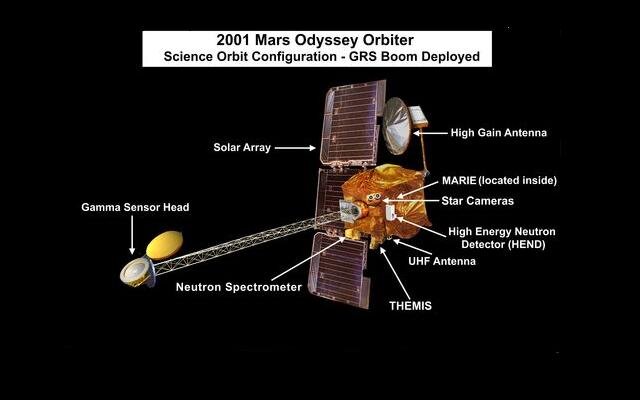The Berkeley Years
1973-1980
After a visit to a Vanderbilt classmate who had relocated to San Francisco, I decided in late 1973 to leave Nashville and come to the West Coast. By that time in my life I was ready to live some place that was not the South. I had also become convinced my future was not in the Nashville music business but rather in my first love: science and space exploration.
After exploring some possibilities, I was hired in April 1974 as a “Staff Scientist 1” at the “Rad Lab”. (“Rad” for radiation.) The formal name then was the Lawrence Radiation Laboratory, now known as the Lawrence Berkeley National Laboratory (LBL).
Once I was at LBL, I enrolled in their program where an employee could also pursue graduate school at University of California, Berkeley. The hot topic at the time was semiconductor and solid-state physics which fit very well with my research at the Lab, so I went to graduate school in semiconductor and solid-state physics.
Located in the hills above the UC Berkeley campus, the Bay view has always been breathtaking.
In addition to my introduction to world-class research, I had the opportunity to get to know some of the people that were involved in the golden age of nuclear physics. It was really amazing to look up during lunch and realize there were four or five Nobel Prize winners sitting around the table!
While I was at Berkeley I developed or co-developed a number of new technologies, one of which was the process by which we made ultrapure germanium.
The article below here, from ERDA News (ERDA was the successor to the Atomic Energy Commission) shows me with colleagues-chemist Bill Hansen and semiconductor specialist Eugene Haller-with a germanium crystal we grew valued at roughly $15k! The three of us conducted leading edge research and made many discoveries together, as documented in my publications from that era (see the CV).
A bit of context: We discovered that germanium (Ge - in the same column as silicon on the periodic table) could be made into large radiation detectors by taking out all the impurities. Using specialized refining techniques we made the material “ultrapure”. Only 1 impurity in 10 trillion atoms. Usually Ge crystals were about dime-sized. With this ultrapure material, a whole raft of new applications became possible. Germanium really enabled the next generation of measurement tools for nuclear science.
One such tool we developed utilizing the germanium was the first thin-window, germanium charged-particle telescope. The article below does a good job explaining the application, but in a few words, the telescope was able to record the tracks left by high energy electrically charged particles. The instrument made possible new nuclear science experiments by extending the detector energy range to several hundred million electron volts (a measure of particle energy).
In fact, The 2001 Mars Odyssey spacecraft, which is still orbiting Mars, used a detector like the sort that we were working on at Berkeley to discover that, indeed, there are billions of tons of water ice distributed around Mars, particularly at the poles.
The Gamma Sensor Head contains a large germanium detector
A pause here in the advancement of nuclear science to note that while I was working hard in the Rad Lab, music was still a very important part of life.
I played often with others and in clubs in the evenings, but one interesting project that emerged in early 1977 gave me the opportunity to marry two of my favorite topics - space and music!
The Lab’s audio-visual specialist, Jim Halverson, brought together a number of us employees to contribute to a short film on the work the Lab was doing. He was looking for someone to contribute an original score to the project and I gladly answered the call. It was a terrific challenge and I met a number of interesting people doing the recording.
(In fact, it was from doing this project that I was invited to record for another promotional film, unaffiliated with the Lab, called “Journey to the Bottom of the World.” You can listen to the recordings of that film here!”
This article is from the March 11, 1977 issues of Currents, the biweekly paper of the Lab, on the “Knowledge Through Research” project.
OK, back to the advancement of nuclear science…
A couple of people had the idea that this ultrapure germanium technology might be commercially viable.
We knew of some companies that had done this—General Electric and another called Ortec in Oak Ridge, CA, and one in Europe. So, long story short, I got involved in a startup venture around 1980.





